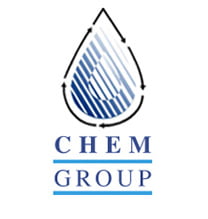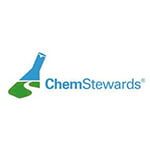PURITY™ FG
Petro-Canada PURITY™ FG Heat Transfer Fluid is formulated to lower operating costs by reducing the frequency of fluid change-outs in operations that require a food grade product.
PURITY™ FG Heat Transfer Fluid’s unique chemistry starts with a blend of 99.9% pure base fluids, produced from a patented HT purity process. These crystal-clear fluids are free of impurities that can hinder performance. Utilizing more than 25 years of formulating experience, Petro-Canada fortifies these thermally stable fluids with specially selected additives to provide outstanding protection from oxidative breakdown.
The result is PURITY™ FG Heat Transfer Fluid, a food grade fluid that provides high thermal efficiency in systems operating up to 326°C (620°F). PURITY™ FG’s breakthrough chemistry can extend fluid life longer than leading competitive fluids, lowering operating costs by reducing the frequency of fluid change-outs.
Applications
Petro-Canada PURITY™ FG Heat Transfer Fluid is recommended for use in liquid phase heat transfer systems used in food processing or pharmaceutical operations with continuous bulk operating temperatures up to 326°C (620°F). Typical applications include central cooking facilities, drying, edible oil deodorizing and the heating of deep frying oils. PURITY™ FG may also be used in heating baths where an odourless, non-hazardous fluid is required for worker health and safety.
PURITY™ FG Heat Transfer Fluid’s outstanding resistance to oxidative breakdown is also beneficial in food related manufacturing operations where exposure to air can not be avoided, and oxidation is the most likely form of fluid degradation. Common applications include the manufacture of plastic bottles, films and containers for the packaging of food products.
Features and Benefits
- Higher thermal and oxidative stability than leading competitors can extend fluid life and lower operating costs
- More thermally stable than leading competitive fluids, even full synthetics
Thermal stressing of a heat transfer fluid can cause the formation of light molecular compounds. These compounds can:
- raise a fluid’s vapour pressure, which can cause fluid leakage from control valves and pipe flanges, circulating pump cavitation and vapour locking
- dramatically reduce a fluid’s autoignition temperature, the lowest temperature that a fluid will combust, without flame or spark, in the presence of oxygen
- lower the operating temperature at which the heat transfer system can safely operate
- necessitate a costly, premature fluid change-outs





